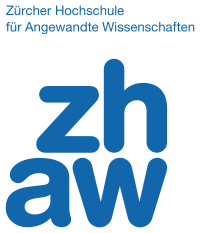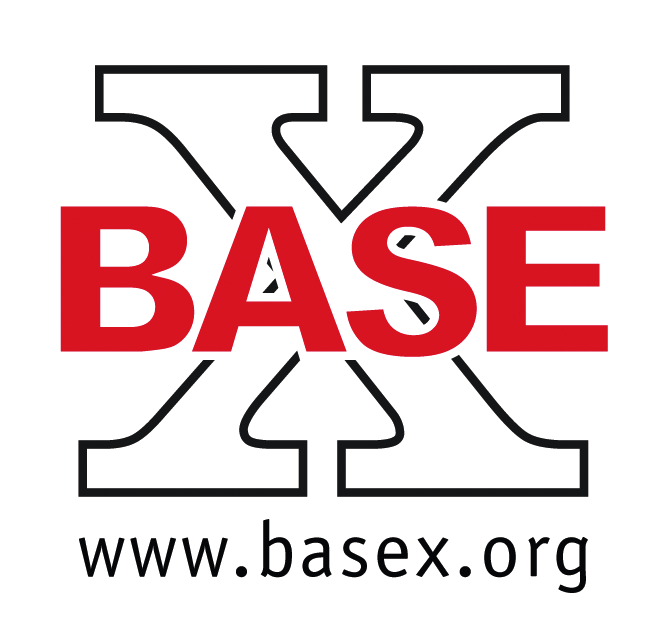Blended Library
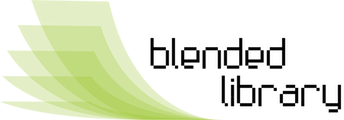
Duration
01.01.2011 - 31.12.2013
Members
Roman Rädle, Andreas Weiler, Angela Barth-Küpper, Simon Butscher, Hans-Christian Jetter, Stephan Huber, Tobias Baube, Eike Kleiner, Svenja Leifert, Christoph Gebhardt, Johannes Zagermann, Mario Schreiner, Roman Kahl, Sebastian Hubenschmid, Mathias Heilig, Christian Grün, Petra Hätscher, Harald Reiterer, Marc H. Scholl
Introduction
The project is funded by the Ministry of Science, Research and Arts of Baden-Wuerttemberg. Concepts will be developed to support research cooperation, and learning processes within a physical "library of the future". This is done in close collaboration with the Library of the University of Konstanz, the work group Databases and Information Systems, the Knowledge Media Research Center Tuebingen and the university library of Tuebingen.
Motivation
Digital libraries are growing rapidly, but still a huge amount of literature is - and will be to foreseeable time - available in non-digital form. Under this assumption, the physical library will remain as a significant place for interaction with knowledge, meeting place, or place to learn. The project "Blended Library" aims at the development of new concepts for supporting research and knowledge work processes in physical libraries with help of information technology and modern visualizations. In addition to traditional research workstations that are available on PCs or laptops, here new ways of human-computer interaction are particularly offered to the users. The user is supported in exploring the information space in a much more natural way. For instance, querying the OPAC database for relevant literature using physical objects. Together with the Knowledge Media Research Center Tuebingen and the Working Group Databases and Information Systems, we work on concepts, implement prototypes, and evaluate these in realistic scenarios ("living lab"). The demonstration of the added value is to be effected in the sense of a lighthouse project or best-practice example. This includes in particular real tests in the library of the University of Konstanz and university library Tuebingen.
Approach
Therefore, the goal of the project "Blended Library" is to develop new concepts to support the information seeking process and collaboration inside of the physical library of the future. Inside of the Blended Library, users will find novel ways for knowledge work and intermediation. This will be realized by the extensive application of new interactive devices and prospective visualizations that "blend" the real and virtual features of libraries. Beside the traditional terminal-based workplaces, particularly novel forms of interaction - embodied for example through multi touch tabletops, interactive wall displays or mobile devices - will be provided, especially for information seeking and group work. The intention behind the introduction of these technologies is to support the library users during the exploration of the capacious media space of the library in an intuitive and natural manner.
Outcome
During the project, concepts will be developed and implemented as prototypes, which will be evaluated in realistic scenarios and contexts. The demonstration of their value will be carried out in terms of a marquee project or best-practice example. In particular, this will be realized with the real operation of selected concepts as "living lab" inside the library. Hence, the possible applications of the established ideas and concepts in future libraries will be demonstrated and their feasibility and serviceability will be analyzed.
External Page
To view this content (source: www.xyz.de ), please click on Accept. We would like to point out that by accepting this iframe, data could be transmitted to third parties or cookies may be stored.
You can find more information on our privacy policy .
Living Lab
A holistic knowledge workspace in the Library of the University of Konstanz
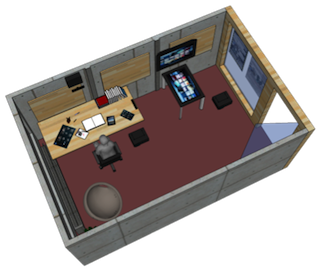
The Living Lab was located within the Library of the University of Konstanz and facilitated conventional office furniture as well as new information and communication technology to shape a holistic knowledge workspace. This lab provided its users access to physical library artifacts through open shelves (e.g. books) as well as a massive amount of digital artifacts (e.g. E-Journals). The holistic concept aimed at testing novel user interface and interaction concepts with common library users in a realistic environment.
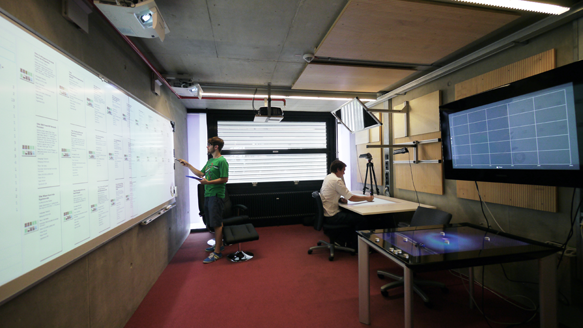
Publication list




